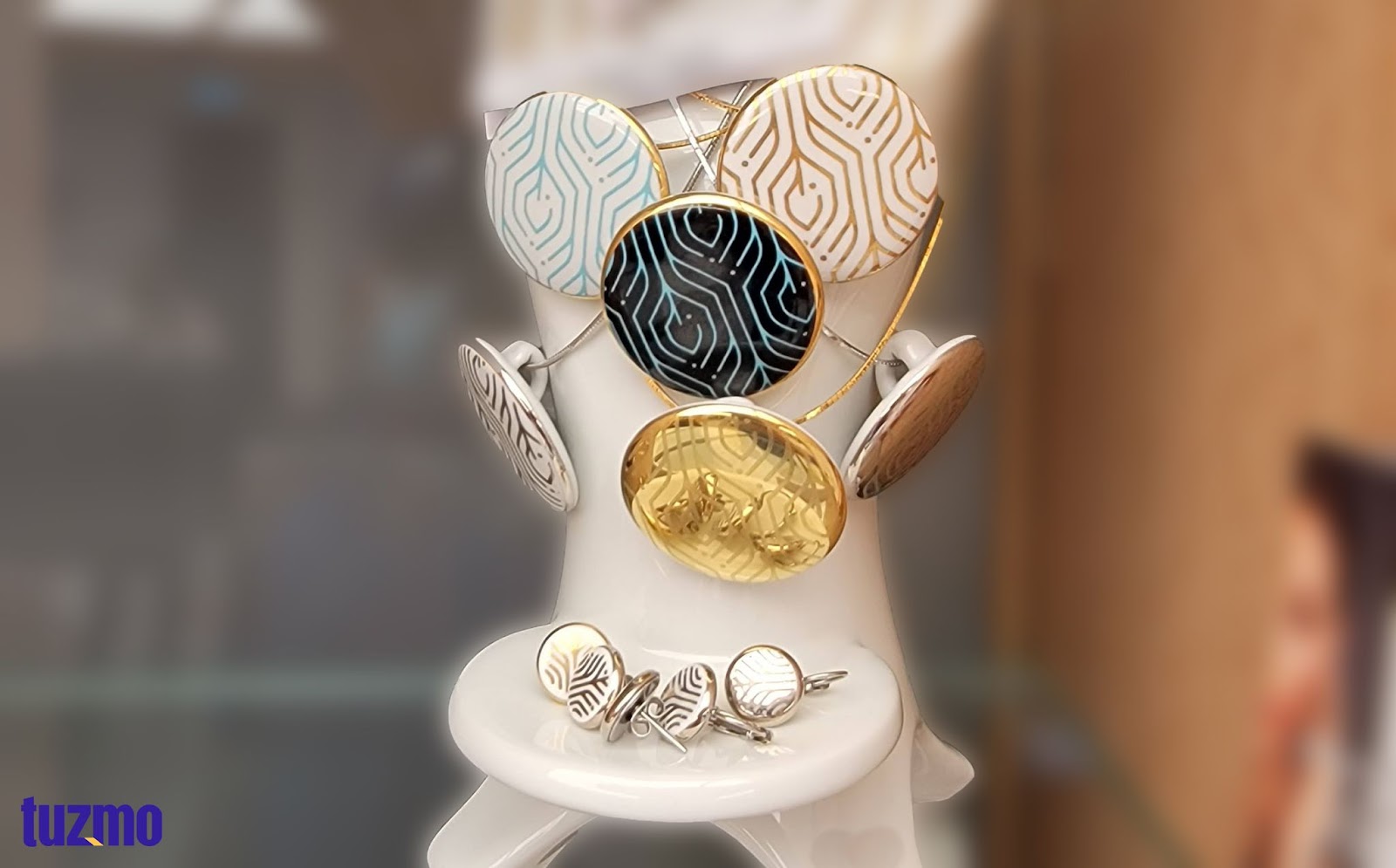
[fusion_builder_container type=”flex” hundred_percent=”no” hundred_percent_height=”no” min_height=”” hundred_percent_height_scroll=”no” align_content=”stretch” flex_align_items=”flex-start” flex_justify_content=”flex-start” flex_column_spacing=”” hundred_percent_height_center_content=”yes” equal_height_columns=”no” container_tag=”div” menu_anchor=”” hide_on_mobile=”small-visibility,medium-visibility,large-visibility” status=”published” publish_date=”” class=”” id=”” link_color=”” link_hover_color=”” border_sizes=”” border_sizes_top=”” border_sizes_right=”” border_sizes_bottom=”” border_sizes_left=”” border_color=”” border_style=”solid” spacing_medium=”” margin_top_medium=”” margin_bottom_medium=”” spacing_small=”” margin_top_small=”” margin_bottom_small=”” margin_top=”” margin_bottom=”” padding_dimensions_medium=”” padding_top_medium=”” padding_right_medium=”” padding_bottom_medium=”” padding_left_medium=”” padding_dimensions_small=”” padding_top_small=”” padding_right_small=”” padding_bottom_small=”” padding_left_small=”” padding_top=”” padding_right=”” padding_bottom=”” padding_left=”” box_shadow=”no” box_shadow_vertical=”” box_shadow_horizontal=”” box_shadow_blur=”0″ box_shadow_spread=”0″ box_shadow_color=”” box_shadow_style=”” z_index=”” overflow=”” gradient_start_color=”” gradient_end_color=”” gradient_start_position=”0″ gradient_end_position=”100″ gradient_type=”linear” radial_direction=”center center” linear_angle=”180″ background_color=”” background_image=”” background_position=”center center” background_repeat=”no-repeat” fade=”no” background_parallax=”none” enable_mobile=”no” parallax_speed=”0.3″ background_blend_mode=”none” video_mp4=”” video_webm=”” video_ogv=”” video_url=”” video_aspect_ratio=”16:9″ video_loop=”yes” video_mute=”yes” video_preview_image=”” absolute=”off” absolute_devices=”small,medium,large” sticky=”off” sticky_devices=”small-visibility,medium-visibility,large-visibility” sticky_background_color=”” sticky_height=”” sticky_offset=”” sticky_transition_offset=”0″ scroll_offset=”0″ animation_type=”” animation_direction=”left” animation_speed=”0.3″ animation_offset=”” filter_hue=”0″ filter_saturation=”100″ filter_brightness=”100″ filter_contrast=”100″ filter_invert=”0″ filter_sepia=”0″ filter_opacity=”100″ filter_blur=”0″ filter_hue_hover=”0″ filter_saturation_hover=”100″ filter_brightness_hover=”100″ filter_contrast_hover=”100″ filter_invert_hover=”0″ filter_sepia_hover=”0″ filter_opacity_hover=”100″ filter_blur_hover=”0″][fusion_builder_row][fusion_builder_column type=”1_1″ layout=”2_3″ align_self=”auto” content_layout=”column” align_content=”flex-start” content_wrap=”wrap” spacing=”” center_content=”no” link=”” target=”_self” min_height=”” hide_on_mobile=”small-visibility,medium-visibility,large-visibility” sticky_display=”normal,sticky” class=”” id=”” type_medium=”” type_small=”” order_medium=”0″ order_small=”0″ dimension_spacing_medium=”” dimension_spacing_small=”” dimension_spacing=”” dimension_margin_medium=”” dimension_margin_small=”” margin_top=”” margin_bottom=”” padding_medium=”” padding_small=”” padding_top=”” padding_right=”” padding_bottom=”” padding_left=”” hover_type=”none” border_sizes=”” border_color=”” border_style=”solid” border_radius=”” box_shadow=”no” dimension_box_shadow=”” box_shadow_blur=”0″ box_shadow_spread=”0″ box_shadow_color=”” box_shadow_style=”” background_type=”single” gradient_start_color=”” gradient_end_color=”” gradient_start_position=”0″ gradient_end_position=”100″ gradient_type=”linear” radial_direction=”center center” linear_angle=”180″ background_color=”” background_image=”” background_image_id=”” background_position=”left top” background_repeat=”no-repeat” background_blend_mode=”none” animation_type=”” animation_direction=”left” animation_speed=”0.3″ animation_offset=”” filter_type=”regular” filter_hue=”0″ filter_saturation=”100″ filter_brightness=”100″ filter_contrast=”100″ filter_invert=”0″ filter_sepia=”0″ filter_opacity=”100″ filter_blur=”0″ filter_hue_hover=”0″ filter_saturation_hover=”100″ filter_brightness_hover=”100″ filter_contrast_hover=”100″ filter_invert_hover=”0″ filter_sepia_hover=”0″ filter_opacity_hover=”100″ filter_blur_hover=”0″ last=”true” border_position=”all” first=”true” spacing_right=””][fusion_slider margin_top=”” margin_right=”” margin_bottom=”” margin_left=”” alignment=”” slideshow_autoplay=”” slideshow_smooth_height=”” slideshow_speed=”” hover_type=”zoomin” width=”” height=”” hide_on_mobile=”small-visibility,medium-visibility,large-visibility” class=”.slider-t” id=””][fusion_slide type=”image” image_id=”1796|full” link=”” lightbox=”no” linktarget=”_self”]https://www.tuzmo.com/wp-content/uploads/2022/04/Hungary-Porcelain-Edited.jpeg[/fusion_slide][/fusion_slider][fusion_text columns=”” column_min_width=”” column_spacing=”” rule_style=”default” rule_size=”” rule_color=”” content_alignment_medium=”” content_alignment_small=”” content_alignment=”” hide_on_mobile=”small-visibility,medium-visibility,large-visibility” sticky_display=”normal,sticky” class=”” id=”” font_size=”” fusion_font_family_text_font=”” fusion_font_variant_text_font=”” line_height=”” letter_spacing=”” text_color=”” animation_type=”” animation_direction=”left” animation_speed=”0.3″ animation_offset=””]
In Hungary, artisans of folk arts and crafts are highly respected as intricately decorated everyday objects became a symbol of national unity in the 19th century. These new forms of expression can be found on furniture, gates, bed frames, and chests. Hungarians are also known for their blue-dyed crafts, copper works, hats, porcelain jewelry, horn carving, musical instruments, wickerwork, and the invention of the ball-point (biro) pen.
Porcelain Jewelry
Traditional Hungarian jewelry used common materials such as shells, seeds, horsehair, horn, glass, and metals. Contemporary jewelry now mostly consists of industrial porcelain to create earrings, pendants, and rings that are later hand-printed with traditional floral patterns. The artisans of Hungary use popular folk motifs such as matyó, kalocsa, and szűr in the art-deco and art-nouveau styles. Some artisans of Hungary use gold and silver to hand-paint sophisticated designs on the jewelry.
Horn Carving
Hungarian herdsmen were known as the best carvers, having a long tradition of utilizing animal horns for tools, decorative objects, and even drinking gourds. Hollow cattle horns were transformed into bugles, cups, and cases whereas smaller pieces were ideal for utensils. Peasants, shepherds, and craftspersons would carve geometric or floral designs into the horns and dye them yellow with nitric acid. The carvings made by the artisans of Hungary are representative of the herdsman environment, typically depicting trees, bushes, sheep, pigs, owls, and rabbits.
Blue-Dyed Crafts
Blue-dyeing is the art of pressing designs into the cotton fabric with print blocks and then submerging the fabric into an indigo bath to achieve the desired hue of blue. This technique dates back five hundred years and was brought to Hungary from India. Today, there are only six blue-dyeing workshops in Hungary as the process is arduous, with knowledge handed down from father to son. The unique indigo dye is part of the UNESCO Intangible Cultural Heritage of Hungary and can be seen on household textiles, aprons, and quilts.

The artisans of Hungary are adding a modern flair to traditional designs and crafts, which can be seen in their porcelain jewelry and blue-dyed fabrics. As the country is progressing rapidly on other fronts, they are holding on to traditions that date back centuries.
[/fusion_text][/fusion_builder_column][/fusion_builder_row][/fusion_builder_container]